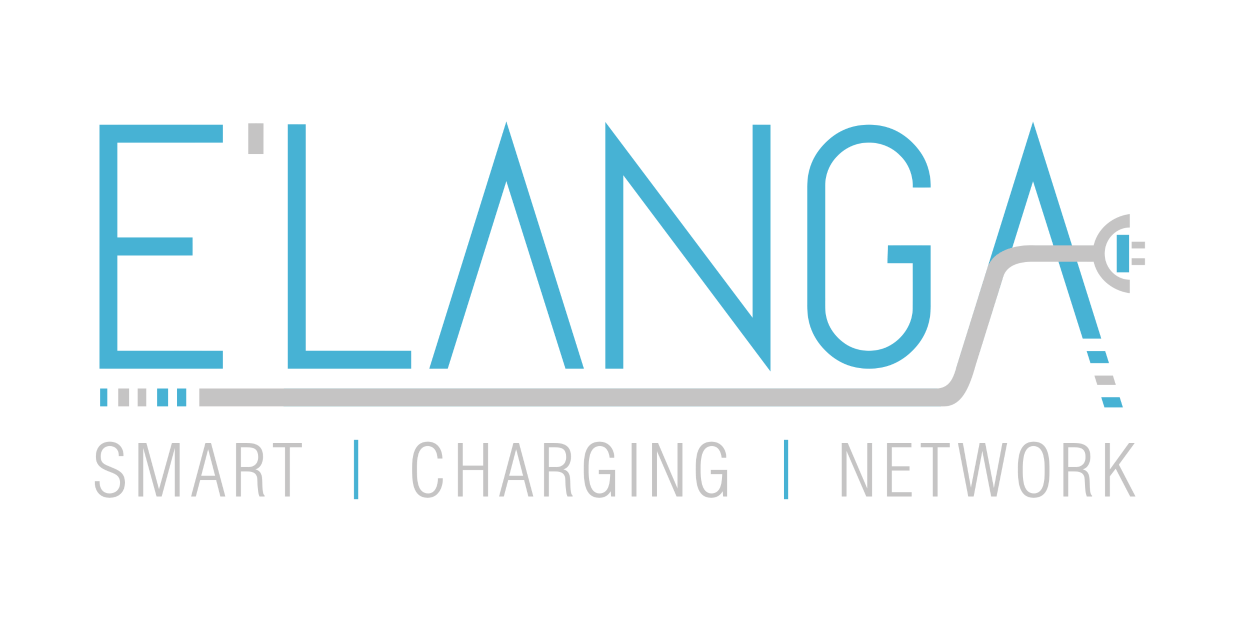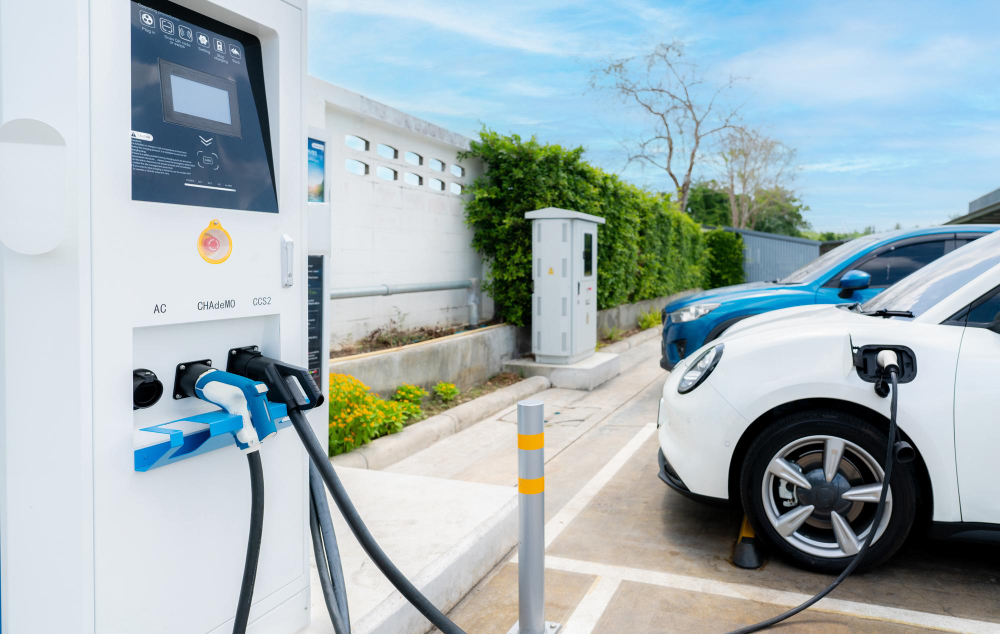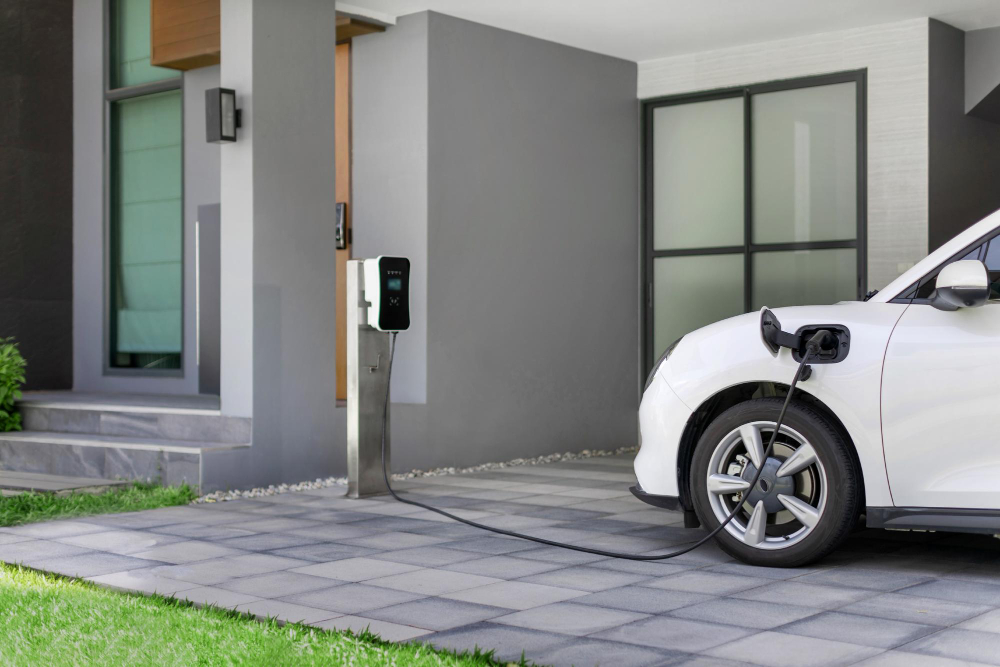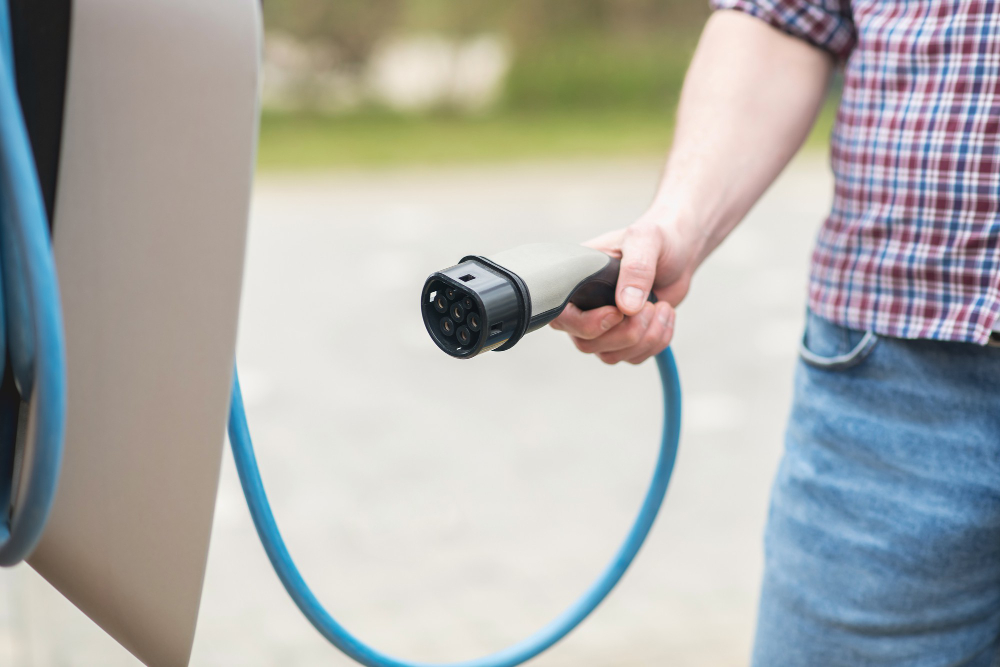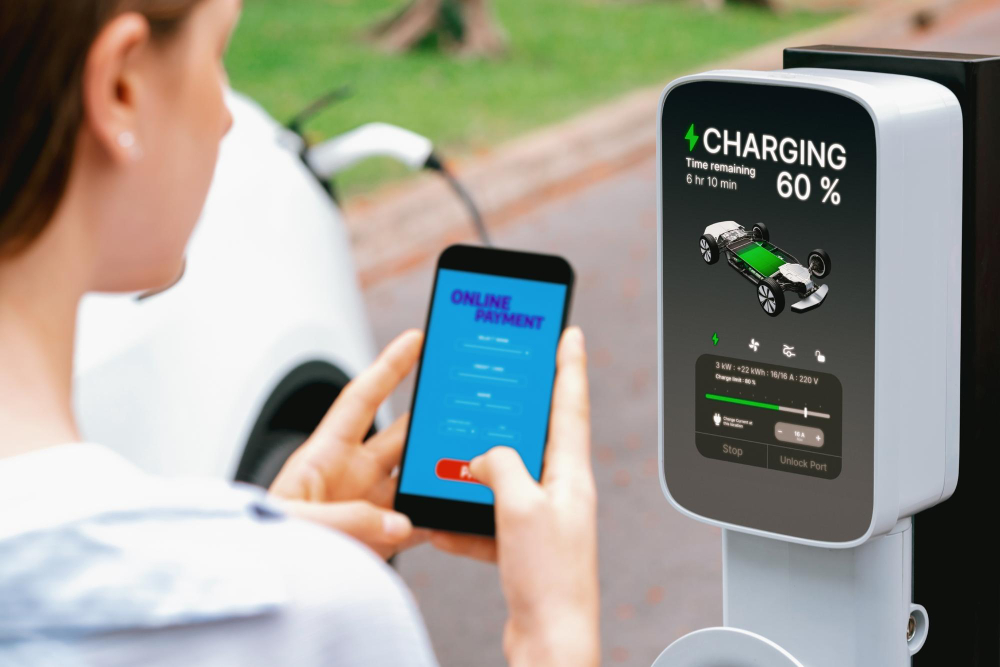Electric vehicles are no longer just a niche trend, they’re quickly becoming a common sight on Australian roads. As more people make the switch, one of the biggest questions is, “How do I charge it?”. It’s not quite as simple as filling up at a servo, although once you understand the basics, charging your EV becomes second nature.
Charging stations come in different types, and each serves a slightly different purpose depending on your setup, your car and your lifestyle. From slow, overnight charging to super fast top ups for road trips, there’s a solution for everyone. In this post, we’re look into the key types of EV chargers you’ll come across, from the ones you can install at home to the high powered public options, and hopefully breaking down what you need to know in plain English.
So What Affects Charging Speed?
Before looking at charger types, it helps to know what affects charging speed. Two main factors are the type of current used and the charger’s power output.
- AC (alternating current) the type most homes provide which is ideal for daily charging but slower.
- DC (direct current) powers your EV battery directly, allowing much faster charging, though it requires special equipment usually found at public stations.
The power output, measured in kilowatts (kW), is also important. The higher the kW, the quicker your battery gets topped up. So while home EV chargers are perfectly fine for overnight use, DC chargers at public stations are better when you’re in a hurry or on the move.
Level 1 Chargers – The Basic Option
Level 1 charging is the most basic option and requires no special installation. It plugs into a standard home power outlet and delivers a low charge rate, taking 10 to 20 hours for a full charge. So it’s best suited to those with smaller batteries or who only drive short distances each day.
It’s slow but practical for overnight use or occasional EV drivers. If you’ve just bought your first EV and want to start without extra costs, a Level 1 charger will work, although just be prepared to wait.
Level 2 Chargers – A Better Fit for Everyday Use
Most EV owners in Australia opt for a Level 2 charger at home or the workplace. It’s faster, more efficient and suits the needs of regular drivers. Level 2 systems use a 240 volt connection, which typically requires a dedicated outlet or professional installation.
They can recharge a battery in 4 to 8 hours depending on battery size and charger output making it perfect for overnight charging. You’ll also find them in public spaces like shopping centres and office car parks, offering a balance between speed, convenience and cost.
DC Fast Chargers For When Time Matters
Need a quick top-up mid-journey? DC Fast Chargers are high powered units usually found along highways and at service stations. They feed DC power straight into your battery, bypassing the car’s AC to DC conversion for much faster results. You can often reach 80% charge in 30 minutes or less making it ideal for road trips or commercial drivers. Be sure to check your vehicle’s compatibility before relying on them as not all EVs support DC fast charging.
Tesla Superchargers – Premium for Tesla Owners
Tesla owners benefit from a dedicated network of Superchargers on major travel routes. These advanced DC chargers offer rapid charging tailored for Teslas. Some newer sites also have connectors for other EV brands, but the network remains best for Tesla drivers.
Wireless Charging – The Future in Development
Wireless EV charging is still in its early days, but the potential is exciting. Instead of plugging in, you park over a charging pad that transfers power directly to your car. It’s still being trialled and fine tuned, but it could become a common feature in driveways and public spaces over the next few years. The tech uses magnetic induction to transfer electricity without any physical contact, and while not yet widely available, it’s definitely a space to watch as EV infrastructure continues to evolve.
Which Charger Is Right for You?
Choosing the right EV charging option depends on how you use your vehicle. If you’re driving short distances and can leave your car charging overnight, a Level 2 charger at home is usually more than enough. But if you’re often on the road or need rapid topups, knowing where your nearest DC Fast Charging station is can save a lot of time.
Understanding these different options helps you plan smarter, save money and make the most of your electric vehicle. And when it’s time to install an EV charger at home or your business, just contact us for tailored EV charging solutions and expert support, wherever you are in Australia.
